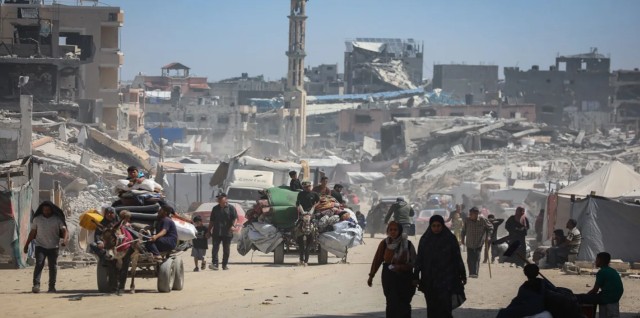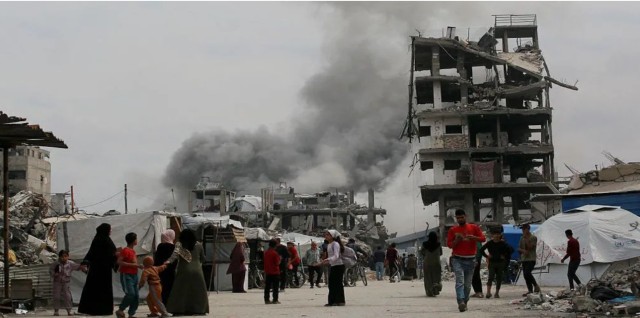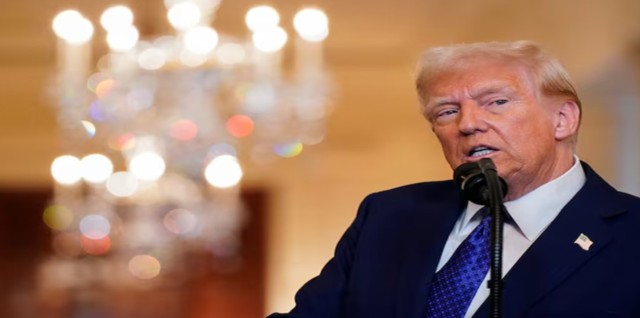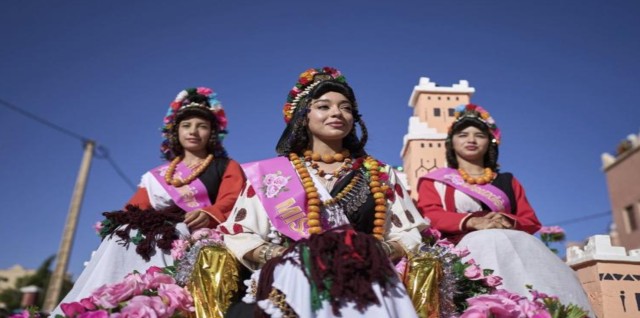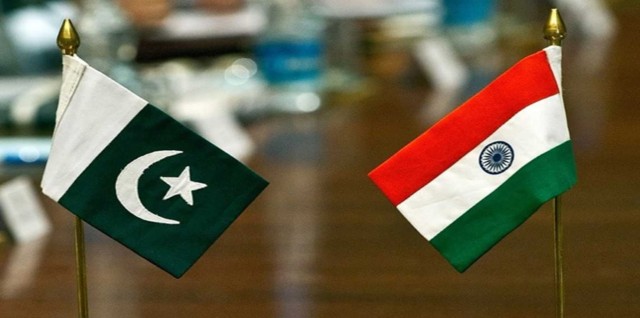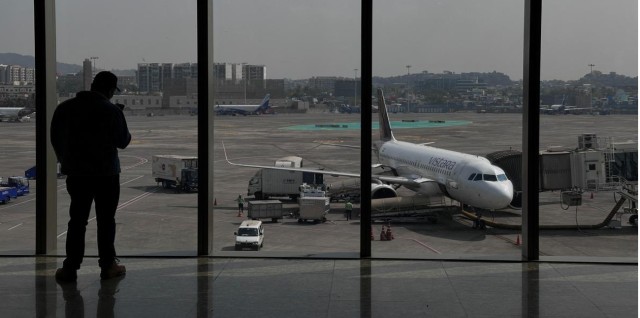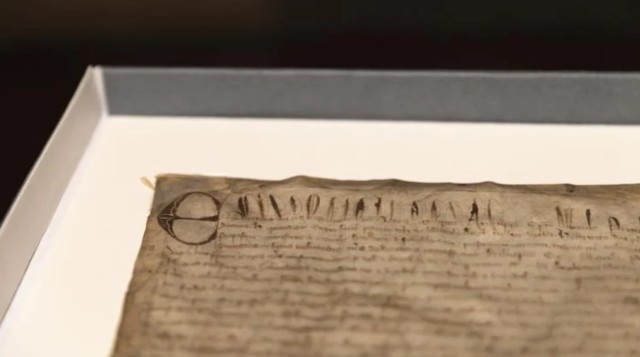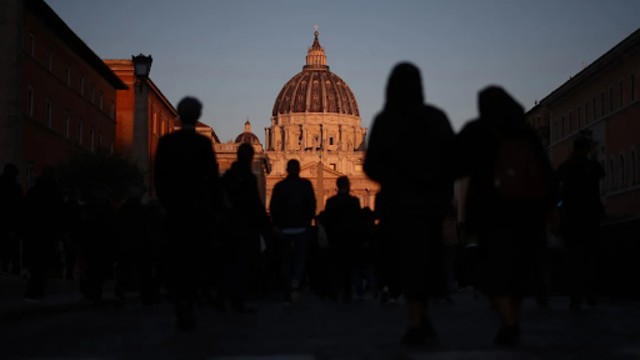
People make their way along Via della Conciliazione, with St. Peter's Basilica visible in the background, before Pope Francis' funeral on Saturday morning. CNN
On Friday evening, Pope Francis' wooden coffin was sealed, officially ending the three days his body lay in state at the Vatican. The ceremony was a private event, marking the conclusion of public viewings for the late pontiff.
A large crowd, approximately 250,000 people, visited St. Peter’s Basilica to pay their respects to Pope Francis. As the first pope from Latin America and the first Jesuit pope, his passing attracted a global outpouring of support.
The sealing ceremony was led by Cardinal Camerlengo Kevin Farrell, who is responsible for organizing the pope’s funeral. Farrell, originally from Dublin and now a U.S. citizen, is also tasked with overseeing the Vatican's transition following the pope’s death. He was assisted by several church officials, including a Venezuelan archbishop and a Brazilian prelate, as well as the late pope’s secretaries. Cardinal Roger Mahony, retired Archbishop of Los Angeles, also participated, though his involvement has raised some controversy due to past accusations of mishandling clerical sexual abuse cases.
The ceremony took place behind closed doors, in a quiet and somber atmosphere. It included prayers, short hymns, and moments of silence. During the ritual, Cardinal Farrell covered the pope’s face with a white silk veil and sprinkled holy water over his body, following a specific order of service outlined by the Vatican.
In a traditional gesture, Farrell placed several items inside the coffin before sealing it. These included Pope Francis' pallium, the long white robe he wore, coins minted during his papacy, and a document summarizing key moments of his tenure. The final part of the ceremony was a hymn dedicated to the Virgin Mary.
After the sealing, the Vatican announced that the Chapter of St. Peter’s would remain in prayer and vigil beside the pope's body until preparations for his funeral the next morning.
In a notable departure from tradition, Pope Francis chose a simpler approach for his funeral. Instead of the usual three nested coffins made of cypress, lead, and oak, his body is laid in a single wooden coffin. This decision was in line with his efforts to simplify papal rites and reflect his humble approach to the papacy.
Outside the basilica, the crowds grew larger on Friday as more people took advantage of the national holiday, Liberation Day, to visit the pope’s body. Many Italians and visitors from abroad stood in long lines to pay their respects. Joana Veiga from Portugal expressed how peaceful it felt to see the pope’s body. She and her sister were grateful they could attend, as they had missed the opportunity last year when the pope visited Portugal.
The funeral Mass for Pope Francis will be held Saturday at 10 a.m. local time, on the steps of St. Peter’s Basilica. This event will mark the beginning of the Novendiales, a period of nine days of mourning for the pope. Each day during this time, funeral Masses will be held in St. Peter's.
The pope’s final resting place will be in the Basilica di Santa Maria Maggiore in Rome. It will be a simple tomb, crafted from marble from Liguria, northern Italy, where his great-grandfather hailed from. True to Pope Francis’ wishes, the tomb will have minimal decoration, featuring only a cross and the Latin inscription of his papal name, "Franciscus."


